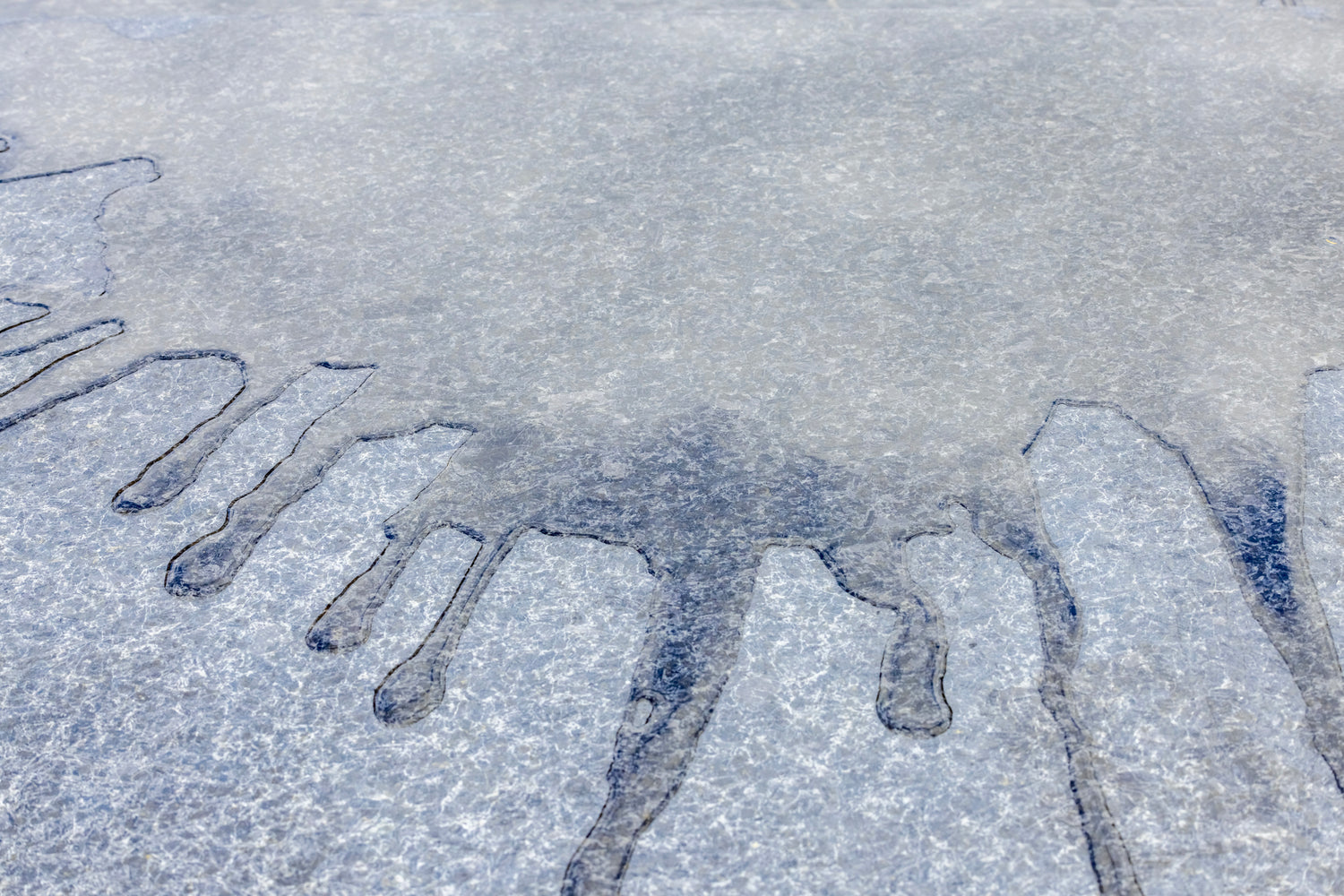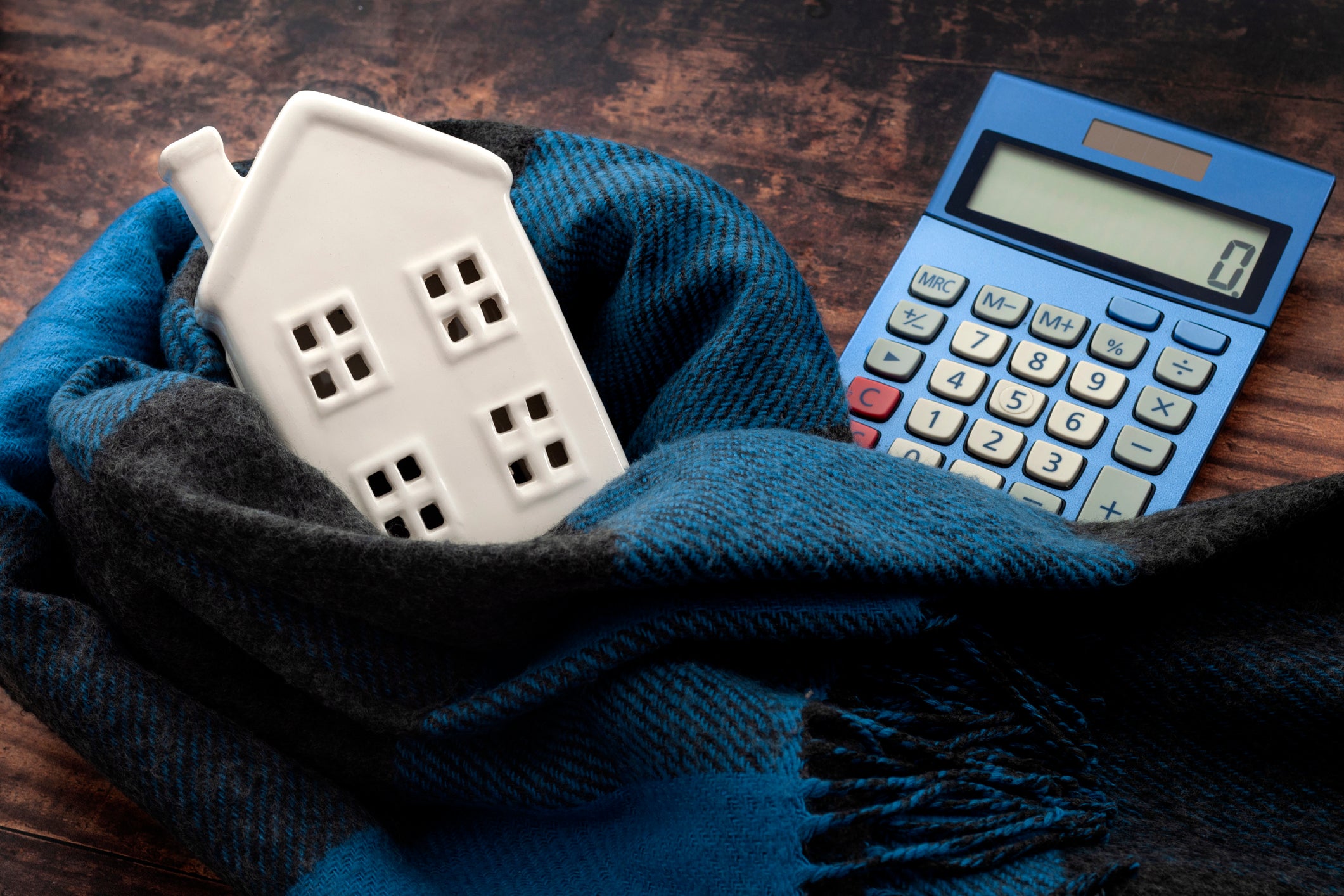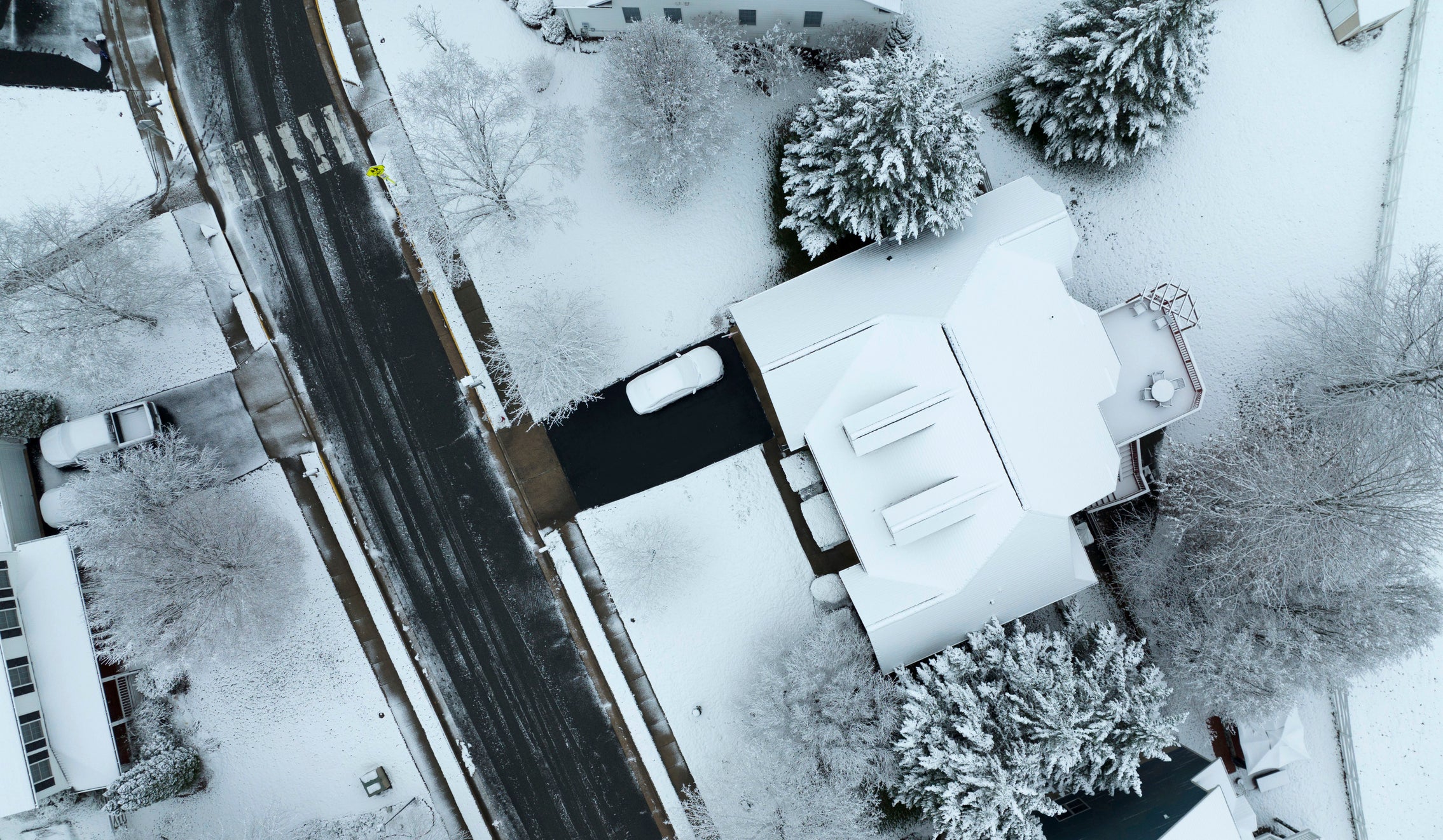Winter's icy grip brings with it the challenges of snow removal. While shoveling driveways and sidewalks is a time-honored tradition, technological advances like the HeatTrak Snow and Ice Melting Mats offer a more convenient alternative. But what happens when snow melts on these mats, especially when we're discussing water runoff and safety concerns? This article delves into the fascinating science behind these mats and how they manage melted snow.
The Beauty of Preemptive Heating
The most effective way to use HeatTrak Mats, or any snow melting solution for that matter, is a touch of foresight. Turning them on before snow begins its descent ensures that the snowflakes meet a warm surface. This way, there's minimal water accumulation, as the snow evaporates as soon as it makes contact with the mat. It’s similar to how a droplet sizzles and vanishes when it meets a hot pan. This preemptive measure guarantees clear and dry pathways even during heavy snowfalls.
Addressing Post-Snow Accumulation
Nature, being the unpredictable force it is, might sometimes catch you off-guard. Perhaps you were away, or perhaps the snowfall was unexpected. In such scenarios, you might find your HeatTrak mat covered in a blanket of snow. Fear not! Turning on the mat even after snow has accumulated will work its magic. Give it some time, and you'll observe the snow melting, turning into water, and eventually evaporating.
Now, this process won’t be as instantaneous as the preemptive approach. There might be some water runoff, which will generally move under the snow surrounding the mat, and small puddles might form on the mat's surface. But this isn't cause for alarm. These puddles will be beneath the mat's non-slip treading, ensuring safety remains paramount. Over time, as the mat continues to work, these puddles will vanish, leaving behind a dry surface.
Addressing Concerns
There's a common misconception that water runoff from melting snow might refreeze, leading to potentially hazardous icy conditions. The unique design and function of the HeatTrak mats ensure this is not the case. By keeping the surface temperature above freezing, the water is encouraged to evaporate rather than refreeze. And even if there's some runoff, it usually dissipates beneath the surrounding snow, rather than forming patches of ice.
In Conclusion
Winter poses challenges, but modern technology, like HeatTrak Snow and Ice Melting Mats, provides efficient and safe solutions. Understanding the mechanics of how these mats handle melted snow not only underscores their efficiency but also highlights their safety features. Whether you turn them on before or after a snowstorm, these mats promise a clear, dry, and safe pathway, easing winter woes.


